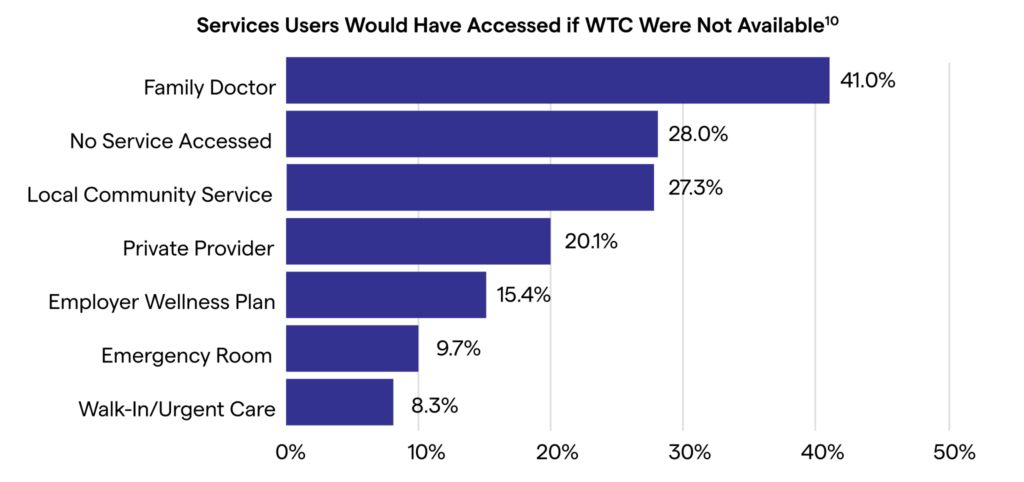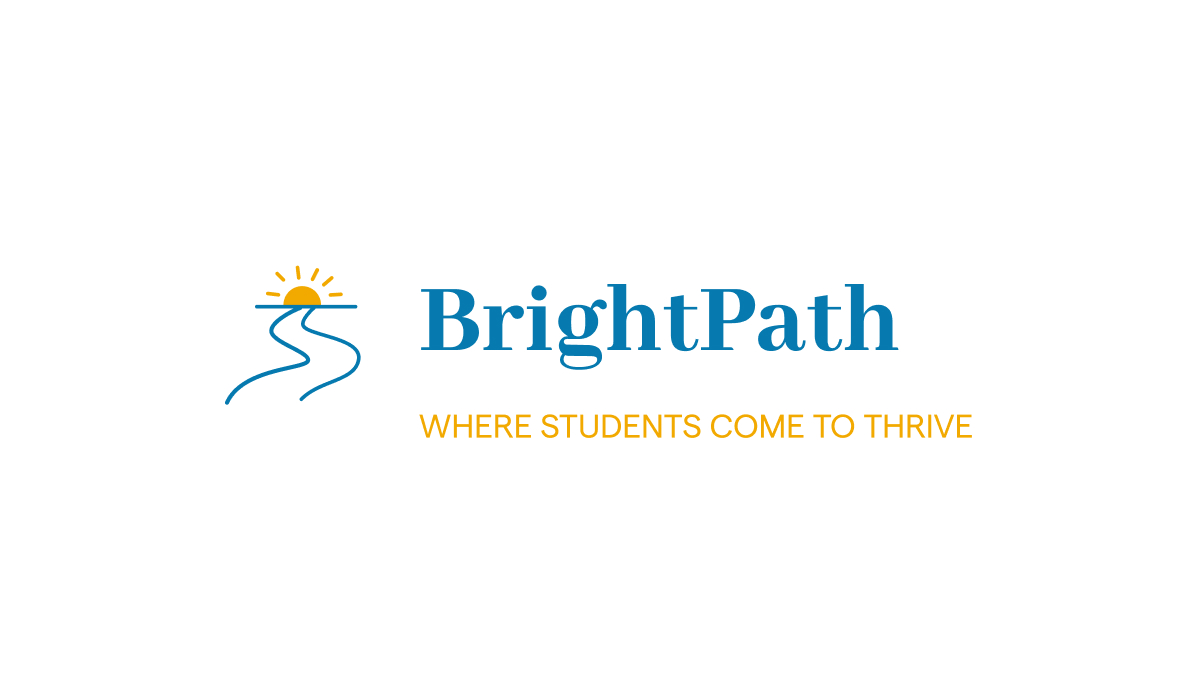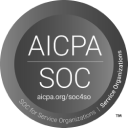
Supporting Youth Mental Health: The Role of MTSS and Population Health
About 1 in 5 of adolescents in Canada and the United States face mental health challenges, yet nearly half of them will never receive the clinical support they need. Given that young people spend the majority of their time in school, and mental health challenges often first emerge in these settings, integrating mental health supports into the infrastructure of our education systems is essential to meeting the critical needs of youth.
Multi-Tiered Systems of Support (MTSS): A Proven Framework for Schools
Multi-Tiered Systems of Support (MTSS) offer a structured, evidence-based framework for supporting student mental health through tiered interventions. Their purpose is to create a data-informed continuum of care by identifying mental health challenges, assessing the level of acuity, and delivering timely, effective interventions tailored to each student’s specific needs.
MTSS has grown in adoption across North America. The National Council for School Mental Health has widely promoted their value in schools and, in Canada, the Ontario government has made it a requirement under the recent Policy/Program Memorandum (PPM) 169.
While MTSS frameworks are tailored to the needs of each school community, the underlying mechanisms generally follow a three tiered system of increasing support:
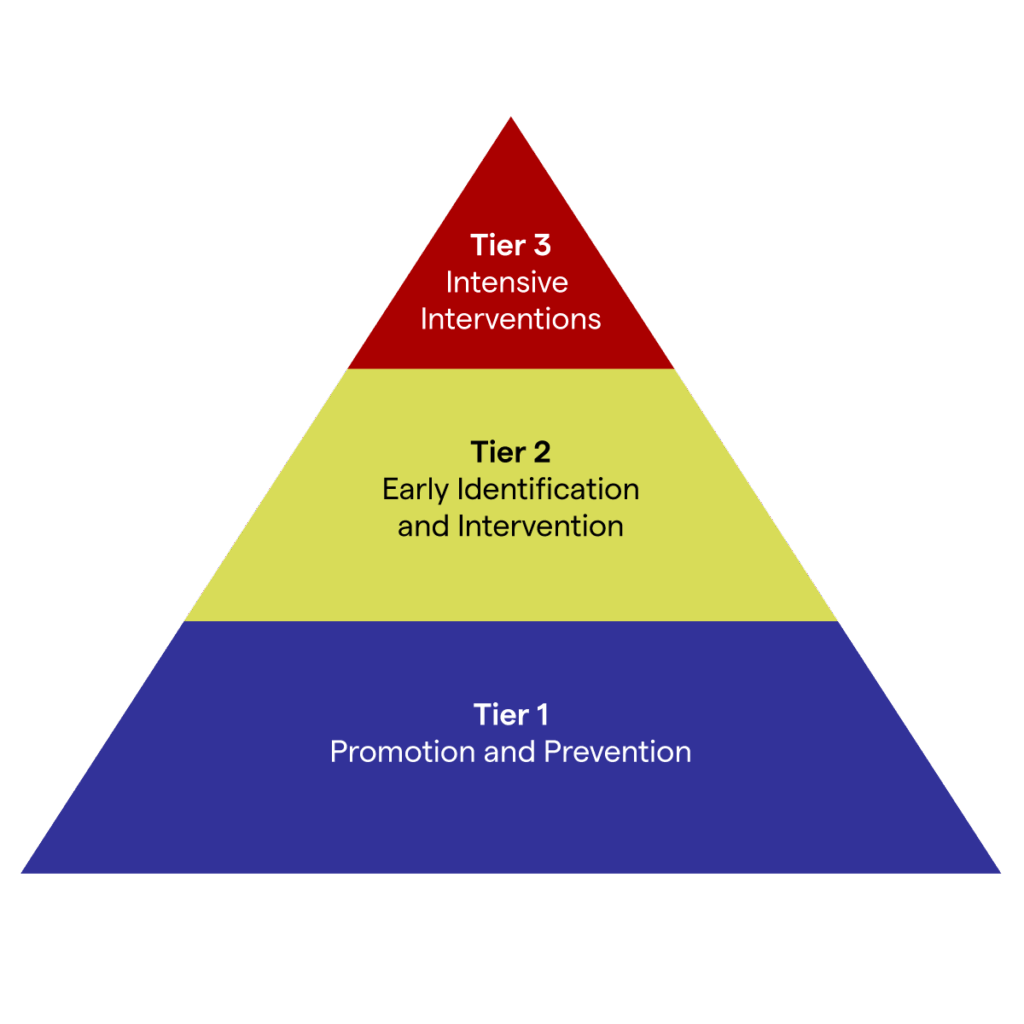
Tier 1: Universal Mental Health Promotion and Prevention
Tier 1 supports focus on fostering a positive school environment and promoting mental health literacy, education, and comfort across the entire student population. By strengthening students’ social, emotional, and behavioural skills, Tier 1 initiatives aim to prevent mental health challenges before they arise and empower students to recognize when they need support, feel comfortable asking for help, and know exactly how and where to access it.
Tier 2: Early Identification and Targeted Intervention
Tier 2 supports focus on the early identification and intervention of emerging mental health concerns to prevent escalation into more acute conditions. This may include small group interventions, individualized supports, or low-intensity classroom programs. These interventions are more focused than those in Tier 1, designed for students who require additional, structured support beyond universal initiatives. This proactive approach improves overall student mental health and reduces demand for more intensive Tier 3 services.
Tier 3: Individualized Clinical Intervention or Treatment
Tier 3 provides the most intensive level of support for students experiencing significant or ongoing mental health challenges. This tier is designed for students with serious concerns, whether short-term crises or diagnosed conditions, that interfere with academic participation, social functioning or overall wellbeing. Interventions at this level are highly individualized and may involve specialized services delivered by school-based mental health professionals or external providers.
Potential School-Based MTSS Implementation Challenges
While every MTSS offers a guideline for comprehensive mental health support, it’s up to school boards and educators to tailor their strategy to the needs of their student population. A clear plan that outlines the necessary resources, supports, and personnel is essential for effectively implementing MTSS. Three common challenges schools face when introducing MTSS include:
- Providing Effective Universal Supports: An effective MTSS strategy considers the common mental health challenges students face, the resources available, and outlines a plan for delivering tiered support with increasing intervention intensity at each level. Given the diversity of student needs, it’s essential that Tier 1 resources address a broad spectrum of challenges. However, schools and school boards often face difficulties in gathering the necessary resources and promoting them in a centralized, accessible way.
- Responding to Students’ Needs with Targeted Interventions: When universal supports are not sufficient for certain students experiencing mental health challenges or showing signs of risk, early or individualized interventions are essential to reduce long-term impact. This requires a reliable system for monitoring student well-being and identifying those at risk. Equally important is matching students with the most appropriate resources based on their specific needs and the evidence of what’s most effective, a process that can be complex and time-consuming without the right technology and data-informed tools.
- Tracking Progress and Analyzing Data: Effectively supporting students requires ongoing analysis to understand whether interventions across all tiers are working or if additional supports are needed.
Luckily, a solution exists; implementing the right technology is critical to delivering effective, evidence-based, and personalized resources to students, while empowering school mental health professionals with insight into student progress and addressing the mental health needs of all students. That’s exactly what Greenspace’s Population Health Hub is designed to do.
Population Health Hubs: Powering MTSS with Technology, Data & Insights
Greenspace’s Population Health Hubs address these challenges head-on. They’re designed to serve as a digital-front-door for student mental health, offering a centralized, self-guided platform tailored to the unique needs of each school community. Built on the proven benefits of Measurement-Based Care (MBC), the hubs provide proactive support through engaging, evidence-based resources and regular assessments that help students better understand their mental health and take greater ownership of their care journey.
When creating an MTSS plan, educational institutions can leverage the unique features and capabilities of Greenspace’s Population Health Hub to provide proactive, preventative, and ongoing support at each tier level:
- Self-Guided Resources: Our Population Health Hub empower students with psychoeducational resources, regular assessments, and personalized recommendations—all in one intuitive platform.
- Measurement-Based Care: As the foundation of our Population Health Hubs, MBC offers a structured way to understand the impact of supports, evaluate treatment effectiveness, and assess overall outcomes. In addition to supporting individual care, de-identified data collected can be used to identify resource and service gaps across the broader student population, or within specific sub-groups, helping schools continuously refine their approach and ensure supports are aligned with student needs.
- Targeted, Data-Informed Interventions: Automatic risk indicators proactively flag students who may need additional support, enabling timely, targeted intervention that helps prevent crises and reduce the likelihood of further regression. Dedicated care professionals can then reach out to students at risk, with data-driven insights from their assessments and readings to inform interventions, and offer the appropriate support they need.
- Individualized treatment: When needed, students can be directed to individual counselling, crisis support, or other services needed to address their concerns and help them manage their symptoms. Families and care professionals can view treatment progress and insights from MBC-powered sessions, and determine whether students are progressing, or identify when other interventions might be necessary.
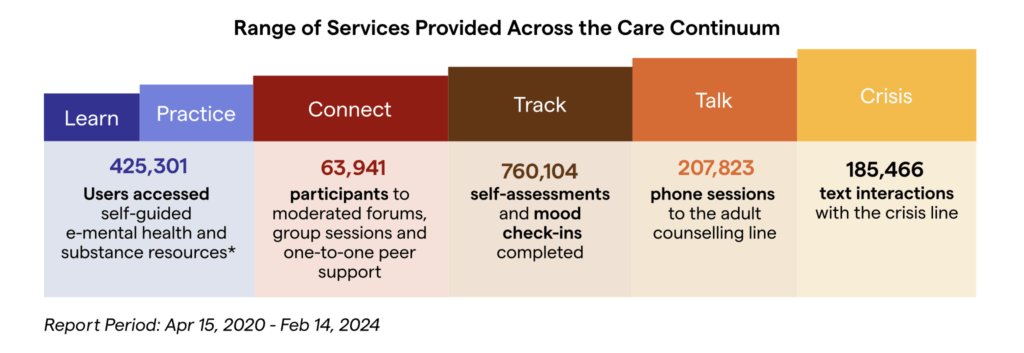
The evidence speaks for itself:
- Symptom improvement: Across all users who have accessed services through one of our Population Health Hubs, there’s a 19% average symptom improvement, demonstrating the effectiveness of proactive, self-guided resources.
- Retention rates: Our hubs have seen long-lasting engagement, with an average 30-day user retention rate of 43% (compared to the 3% industry average) and 93% of those users return to complete their self-assessment and access their visual results and insights.
- Resource usage: Across our Population Health Hubs, 70% of individuals choose to access self-guided resources first, instead of 1:1 counselling services. This demonstrates the clear value and utility of an effective library of targeted educational resources and self-guides services.
- Increased Access & Resource Diversion: Our hubs effectively divert users to appropriate resources and care options catered to their needs, reducing reliance on high-demand crisis services and lowering overall healthcare costs. Over 60% of our users would have accessed high-demand services if our Population Health Hubs were not available, while 25% wouldn’t have accessed any services to address their mental health concerns.
Wrapping Up
An effective MTSS framework can have an immense, positive affect on addressing student mental health in school-based settings. In a 2019 study of educators, 60% of respondents stated that a benefit of implementing MTSS was making data-based decisions, 27% vouched for getting students the right intervention at the right time, and 22% affirmed preventing problems before they happen. By integrating tools like Population Health Hubs into any MTSS approach, schools can offer proactive, data-informed, personalized resources at every tier, ultimately improving the availability of, access to, and effectiveness of student mental health supports.
Interested in learning more about how Population Health can be integrated into your school’s MTSS framework? Book a call with one of our implementation experts or reach out at info@greenspacehealth.com
References
2022 National Healthcare Quality and Disparities Report [Internet]. Rockville (MD): Agency for Healthcare Research and Quality (US); 2022 Oct. CHILD AND ADOLESCENT MENTAL HEALTH. Available from: https://www.ncbi.nlm.nih.gov/books/NBK587174/
Buckle, J. (2024, October 30). 5 common challenges when implementing MTSS. Panorama Education. https://www.panoramaed.com/blog/mtss-challenges
Child and Youth Mental Health. CMHA Ontario. (n.d.). https://ontario.cmha.ca/mental-health/child-and-youth-mental-health/
Department of Education and Early Childhood Development, N. S. (2019, August 21). Multi-Tiered System of Supports: A Quick Guide.
Fazel, M., Hoagwood, K., Stephan, S., & Ford, T. (2014). Mental health interventions in schools 1: Mental health interventions in schools in high-income countries. The lancet. Psychiatry, 1(5), 377–387. https://doi.org/10.1016/S2215-0366(14)70312-8
The guide to Solving the Top Four MTSS Challenges. The Guide to Solving the Top Four MTSS Challenges. (n.d.). https://www.branchingminds.com/mtss-challenges-guide
National Center for School Mental Health (NCSMH). (2019, September). Advancing Comprehensive School Mental Health Systems: Guidance from the Field.
Nitz, J., Brack, F., Hertel, S., Krull, J., Stephan, H., Hennemann, T., & Hanisch, C. (2023). Multi-tiered systems of support with focus on behavioral modification in elementary schools: A systematic review. Heliyon, 9(6), e17506. https://doi.org/10.1016/j.heliyon.2023.e17506
Pendharkar, E. (2023, November 9). What We Know About Multi-Tiered Systems of Supports (MTSS), in Charts. Education Week. https://www.edweek.org/teaching-learning/what-we-know-about-multi-tiered-system-of-supports-mtss-in-charts/2023/11
Schools That Lead. (2024, September 19). 12 Eye-Opening Statistics on Mental Health in Schools. Schools That Lead. https://www.schoolsthatlead.org/blog/mental-health-in-schools-statistics
Stephens, S. H., Sugai, G., Lever, N., & Connors, E. (2015, January 27). Strategies for Integrating Mental Health into Schools via a Multitiered System of Support. Child and Adolescent Psychiatric Clinics of North America. https://www.sciencedirect.com/science/article/pii/S1056499314001242?via%3Dihub
